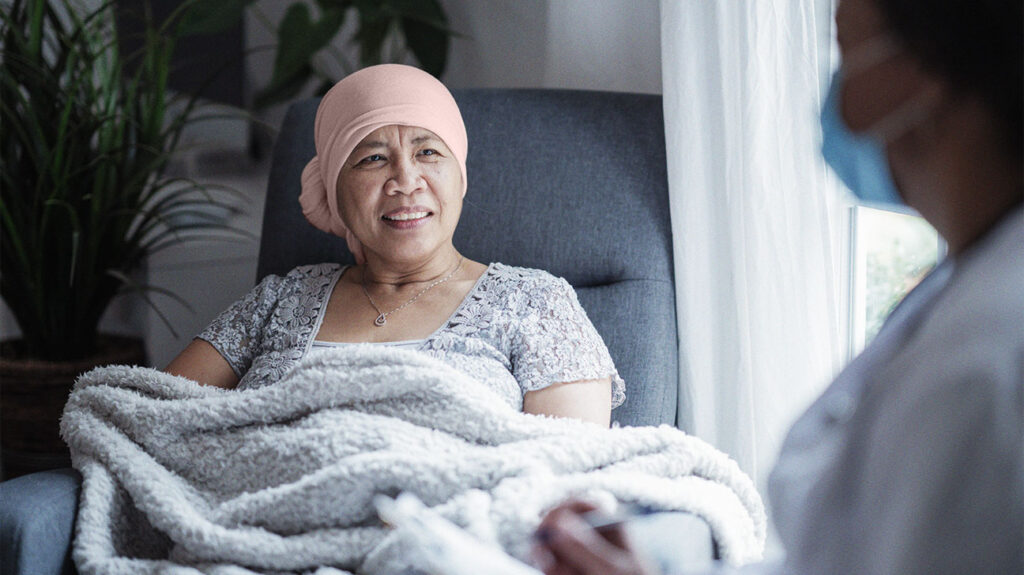Women represent the cornerstone of a family’s and a community’s overall health and well-being and ensuring they have access to quality care also can lead to improved health for children and families.
However, while we hear so much about gender equality, there are many issues affecting the health of Filipinas which still remain “off-limits”. This stigma often causes women to ignore concerns about their health, while the fear of embarrassment can leave them suffering in silence.

Last year, the University of the Philippines College of Medicine’s Mu Sigma Phi Medical Sorority under its Women Empowerment and Literacy through Health Education (WEALTH) program hosted a webinar that placed a spotlight on Kanser ng Kababaihan (Cancer in Women). This became an important platform to discuss the issues on gynaecological health and raise awareness on cervical cancer.
Cervical cancer may be prevented by vaccines, yet in the Philippines is still the second most common cancer next to breast cancer among Filipinas in 2020. Roughly, more than 7,000 new cases of and almost 4,000 deaths due to cervical cancer are expected to occur every year.
Gynecological cancer is defined as any cancer that begins in a woman’s reproductive organs like cervix or within a woman’s pelvis which is the area below the stomach and in between hip bones, said Dr. Carolyn Z. Castro, a gynecologic oncology specialist who spoke during the webinar.
Since cancer is always named for the part of the body where it usually originates, cervican cancer, a type of gynecological cancer, is the term for cancer of the cervix which is the organ that connects the uterus to the vagina. Castro explained that “cervical cancer is commonly caused by human papillomavirus or HPV, a virus which is usually transmitted through sexual intercourse or skin-to-skin genital contract”.
Cervical cancer is by far the most common HPV-related disease. Nearly all cases of cervical cancer can be attributable to HPV infection. Although most HPV infections clear up on their own and most pre-cancerous lesions resolve spontaneously, there is a risk for all women that HPV infection may become chronic and pre-cancerous lesions may progress to invasive cervical cancer.

Sign and symptoms include vaginal bleeding, bleeding in between menstruation period cycle, bleeding after menopause, unpleasant vaginal discharge, pain during sexual intercourse, and having a hard time peeing.
Later stages of the illness, as described by Castro, can show obvious symptoms on those infected like poor appetite, weight loss, fatigue, pelvic and back pain, swelling of the food, heavy vaginal bleeding and unpleasant discharge from the vagina.
Though cervical cancer is a serious disease, this is preventable. One of the most important things a woman can do to protect herself from cervical cancer is to have regular screening tests and be vaccinated against HPV early.
Screening methods for cervical cancer include pap smear and visual inspection with acetic acid, and HPV DNA testing. Since most cases of cervical cancer doesn’t show symptoms at early stages and it is usually at the later stages where it is detected, regular check-ups with a healthcare professional and screenings are highly recommended to keep oneself protected against the HPV – related disease.
Image Source: Medical News






